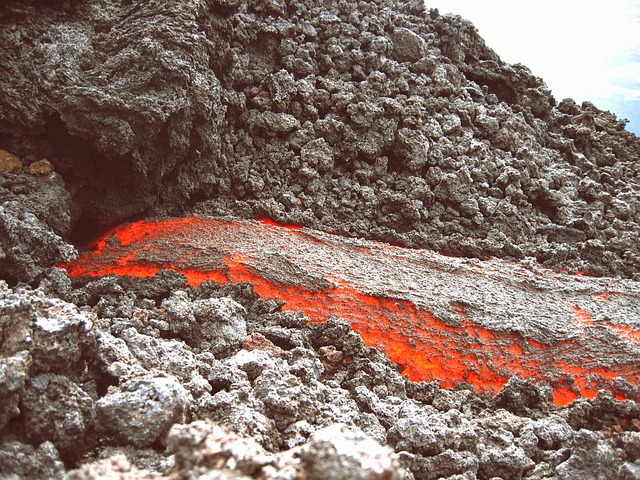
Volcanic igneous rocks form on the surface.
The notion of lithology comes from the Greek word lithologia . The term refers to the branch of geology focused on rocks .
Chemistry and physics of rocks
A rock , meanwhile, is a natural material composed of one or more minerals. Rocks are an essential element of the crust of planet Earth.
Lithology is dedicated to the study of the chemical and physical properties of rocks , taking into account the characteristics of their particles. The knowledge provided by this discipline helps to know more about the relief , because the rocks affect issues such as the effects of erosion, the reaction to tectonic movements, etc.
Lithology experts examine the composition , dimensions, texture and color of rocks. The origins of this area of knowledge date back to the 18th century : thanks to their contributions, rocks began to be categorized and their peculiarities began to be understood.
It is important to keep in mind that lithology is oriented to the rocks found on the Earth's surface . That is, their studies point to outcrops or rock concentrations that, for various reasons, emerged from the subsoil.
Types of rocks
According to the lithology, it is possible to differentiate between several types of rocks. Igneous rocks , for example, arise from the solidification of magma. They can be extrusive (they solidify on the surface) or intrusive (they develop below the surface).
Sedimentary rocks , meanwhile, appear when sediments or remains of other rocks accumulate, while metamorphic rocks are born from changes in other pre-existing rocks. Next, we will look at each type in greater detail.
igneous rocks
The formation of igneous rocks takes place in the entire magma. This, for its part, is the material that comprises the Earth's mantle, and is a combination of gases, liquids and molten rock , which is found in the deepest parts of the Earth but reaches the surface when volcanoes erupt or when cause of convection currents. Thanks to lithology we know that when it reaches the surface it cools and loses gases until it transforms into igneous rock.
As we mentioned above, igneous rocks can solidify on the surface or before magma emerges. The first case gives rise to extrusive or volcanic rocks; the second, however, to the intrusive or plutonic ones.
sedimentary rocks
The accumulation of sediments that gives rise to the formation of rocks of this type can occur in different places, such as the mouths or banks of rivers, or at the bottom of valleys and ravines. It is important to note that the origin of the sediments can be both rocky and organic. They are characterized by great heterogeneity, since the parent rock is what dictates the composition of each one.

Sedimentary rocks usually form on the banks of rivers.
Its consolidation can be by diagenesis , a process in which the materials are cemented and compacted. Lithology also recognizes unconsolidated sedimentary rocks, which it simply calls sediments .
metamorphic rocks
This third type of rock that lithology recognizes is the most curious, since it does not have a direct origin but depends on the formation of a previous one. Generally, it is born after the appearance of magma (both due to its intrusion and extrusion), or due to the emergence of mountain chains. The transformation itself, that is, metamorphosis , occurs through pressure or heat in active fluids; This alters the structure and minerals of the original rocks.
